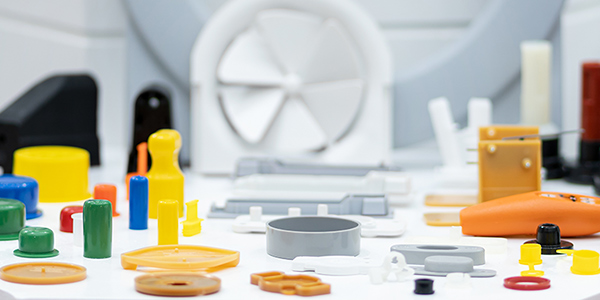Injection molding is capable of manufacturing an incredible array of increasingly complex parts for a variety of industries. The ability to supply parts for such a multitude of applications requires a high standard of consistent quality output, which can be difficult to control at full production speed without having a precise understanding of what is happening during the molding process to account for variance in the molding material. Allowing a molder to isolate the individual variables of molding increases the ability to successfully mold a part without flaws. The RJG Decoupled Molding℠technique is the best way to control and measure the individual variables of molding.
Decoupled Molding: How It Provides Superior Quality?
When employing older molding techniques, a large portion of quality control is left to faith, and trial and error. Being unable to control pieces of the process, such as pressure, as precisely as with RJG, means that each time a new batch of material is used, the only way to see the quality of the end product is to complete a run, and make adjustments after the fact, which is inherently wasteful. Additionally, as older techniques rely on maintaining a singular pressure to complete a mold, it “couples” the filling, packing, and holding processes of a mold, which also limits the fill speed.
Utilizing a variety of more sophisticated technologies, the pressure during molding can be controlled to a greater degree, with a technique known as Decoupled II Molding. This is achieved by fast-filling a mold 95–98% full, creating a shortstop, to then transfer the mold over to the second-stage packing phase, where pressure is adjusted to complete the packing and holding phases together. These adjustments allow for the mold to more easily account for variance in the material batches while maintaining a higher fill speed rate to reduce variance, but without disrupting the packing and holding processes. This, in turn, leads to greater control over the quality of the end product while reducing overall material waste and cost to produce a molded product.
RJG’s Decoupled Molding℠ process has become even more sophisticated, with the introduction of the Decoupled III Molding process, wherein the fill, pack, and hold processes are all separated. The Decoupled III process is even more advanced, in that the process introduces transducers directly into the mold, allowing an operator to make adjustments to the process while a mold is running, to more directly curb potential flaws before they can occur and before the process is complete.
What the Decoupled Molding Process Create?
In essence, it is one of the most invaluable pieces for injecting molding in general: systematic consistency. By utilizing the RJG Decoupled Molding℠ techniques, Hansen Plastics is able to guarantee a higher degree of a quality product for their customers. To put it simply, the difference between a molder employing traditional molding techniques compared to Hansen Plastics utilizing Decoupled Molding℠is that “They are allowing the material to control their process, and we don’t allow the material to control our process. Our process uses the material to our advantage.” – Robert Sandeen, Team Leader, Hansen Plastics. To learn more about Hansen Plastics Corporation, their techniques, and their business philosophy, visit Hansenplastics.com. Read our other blogs at https://resources.www.hansenplastics.com/ .



